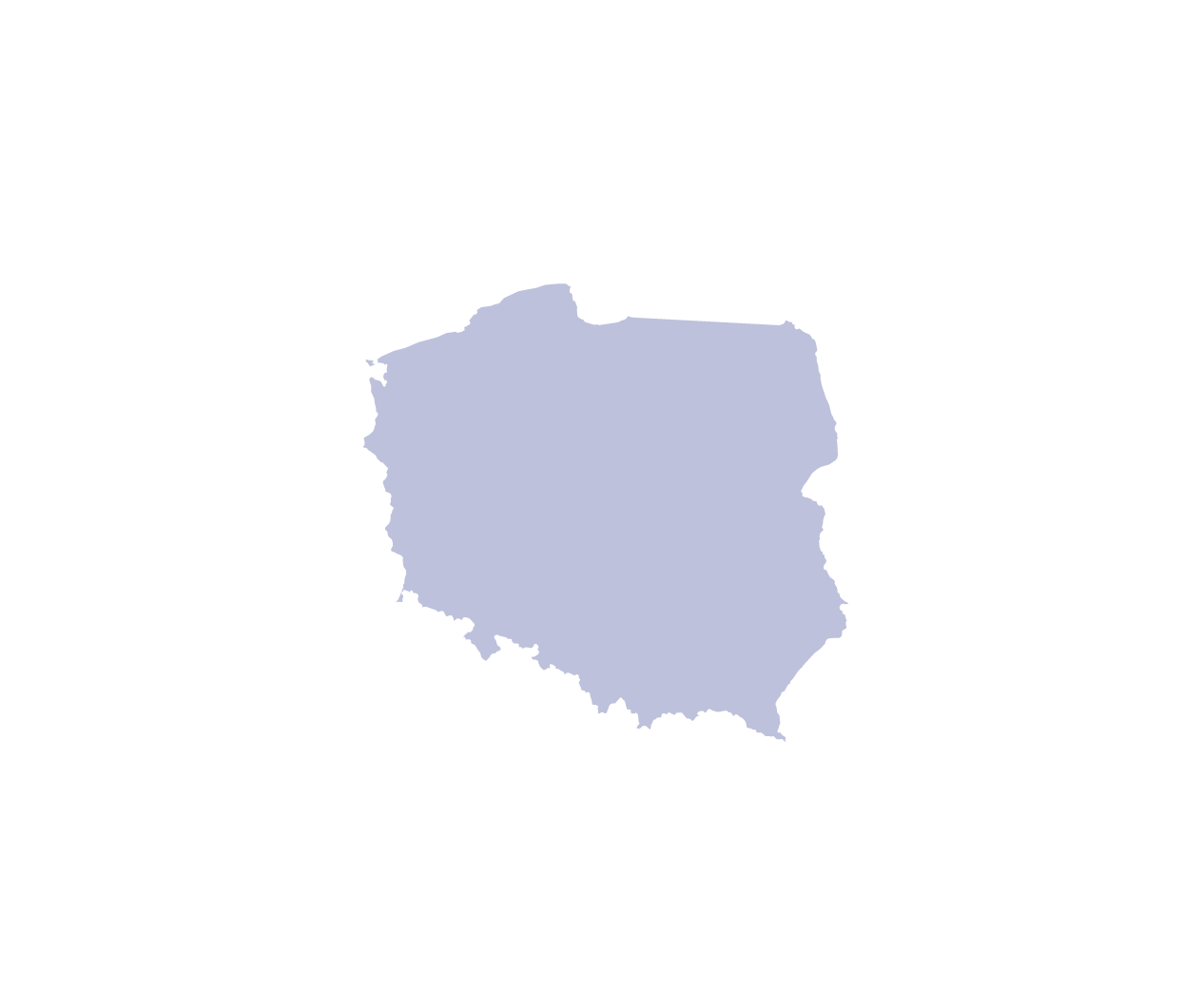Energy Optimization During Monthly Shutdown
In this Kaizen, equipment was optimized to derive substantial energy and cost savings while maintaining process integrity.
Cooling towers are integral to the process manufacturing industry for heat rejection, ensuring process stability and product quality. The ID fan and circulation pump are key components that drive airflow and water circulation through the cooling tower.
Problem description:
In the manufacturing plant, a cooling tower with a capacity of 650 TR is essential for maintaining optimal temperatures. During mandatory monthly shutdown of two days, the Induced Draft (ID) fan (15 KW) and circulation pump (45 KW) of this cooling tower continue to run to meet process requirements. This continuous operation led to excessively high energy consumption, increasing operational costs and reducing overall energy efficiency.
Solution:
Instead of running this critical equipment at full capacity during shutdown, they can be operated at 50% capacity without compromising the process requirements.
Further, the team identified a smaller cooling tower with a capacity of 300 TR, equipped with a circulation pump of 22 KW and an ID fan of 5.5 KW, which can be used inline during the shutdown or Non-Production Days (NPD). This alternative setup allows the system to maintain necessary cooling while significantly reducing power consumption.
Benefits:
In this Kaizen, equipment was optimized to derive substantial energy and cost savings while maintaining process integrity.
Cooling towers are ... more


